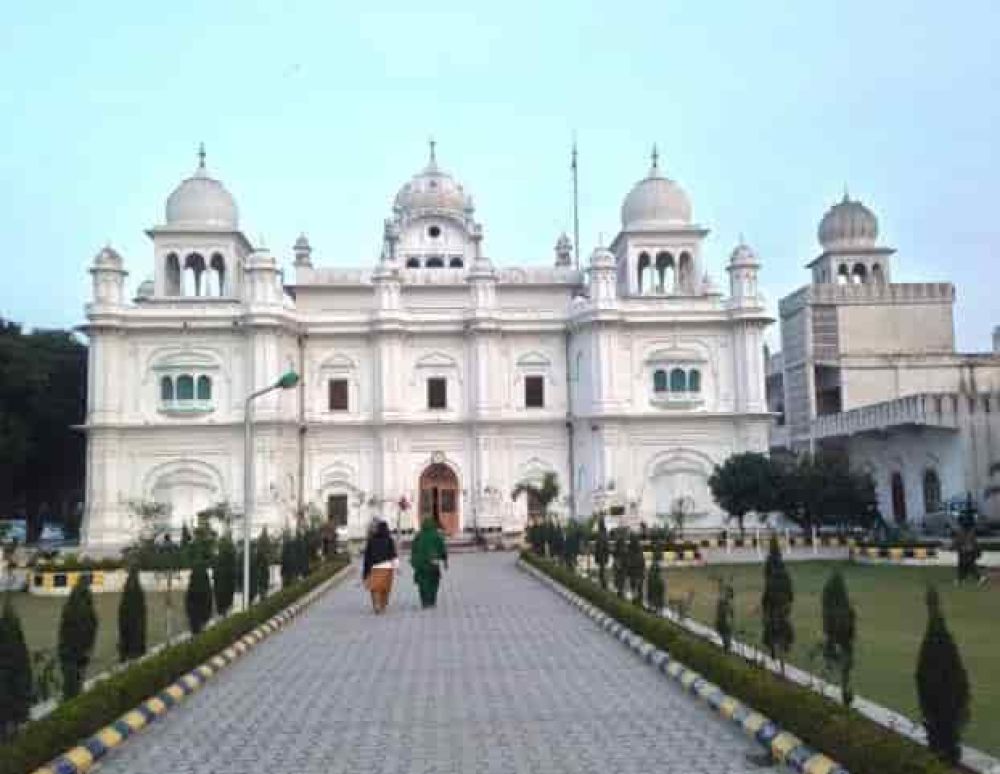

The State Gurudwara of Kapurthala is a historical Sikh place of worship that embodies the rich heritage and religious significance of the area. Kapurthala, often referred to as the 'Paris of Punjab,' has been a convergence of various cultures and religions, and Sikhism has had a profound impact on the region for numerous generations.
The Gurudwara dates back to the early 20th century, during the reign of Maharaja Jagatjit Singh, the last ruler of Kapurthala. It was constructed to serve the spiritual needs of the Sikh community and has since been an important pilgrimage site. The architecture of the State Gurudwara is a blend of Mughal and Rajput styles, which was common in structures built during the time.
The religious significance of the State Gurudwara goes beyond its architectural beauty; it is a center for learning and a symbol of the Sikh faith's endurance. Over the years, it has played an integral part in preserving the teachings of Sikh Gurus and has been a beacon of hope and spirituality for pilgrims.
Tourism in Kapurthala, and at the State Gurudwara specifically, has seen various trends over the recent years. As of late, there has been a significant increase in cultural and heritage tourism, with travelers seeking to immerse themselves in the local culture, history, and traditions of the places they visit.
The Gurudwara is not only attracting pilgrims but also history enthusiasts and architecture aficionados who come to marvel at its design. Efforts have been made to preserve and promote the Gurudwara as a historical site, thus enriching the visitor experience. Additionally, ecotourism is gaining popularity in the region, where tourists engage in nature-based activities that are respectful of the environment and local communities.
In response to the growing number of visitors, there is a consciousness towards sustainable tourism practices. The local government and tourism boards are working to develop infrastructure that accommodates tourists in a sustainable manner while preserving the sanctity and cleanliness of the holy site.
The trend of digital and social media influence on tourism has also caught on, with many tourists sharing their experiences at the State Gurudwara on various platforms. This has helped to enhance the global reputation of the site and draw a more diverse set of visitors.
When planning a visit to the State Gurudwara, travelers should note that the best time to visit is from October to March, during the cooler months of the year.
Visitors should dress modestly and be prepared to cover their heads as a sign of respect upon entering the Gurudwara. Photography is typically allowed, but it's advised to check with the Gurudwara's administration for any restrictions.
The Gurudwara is open on all days, and there is no entry fee. Visitors can also partake in the langar, a community kitchen that serves free meals to all, regardless of religion or background.
In addition to visiting the State Gurudwara, tourists can explore other historical and cultural attractions in Kapurthala, like the Jagatjit Palace, Panch Mandir, and Kanjli Wetlands, to name a few.